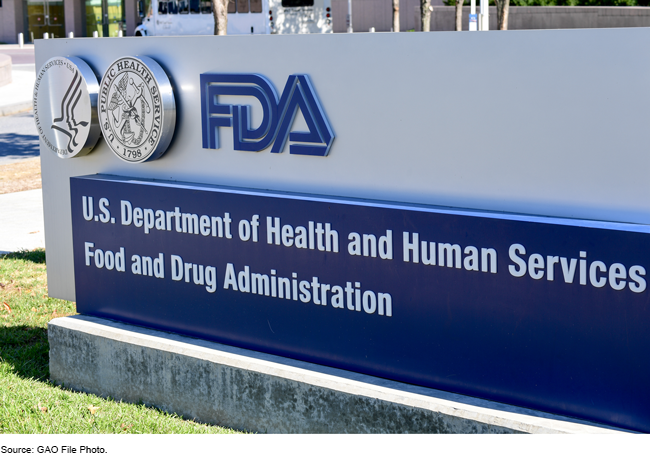
How to handle changes under the 21st Century Cures Act and device exemption list
The 21st Century Cures Act (Cures Act), signed into law on December 13, 2016, is designed to help accelerate medical product development and bring new innovations and advances to patients who need them faster and more efficiently.
Prior to the Cures act, FDA only allowed for exceptions from informed consent requirements in life-threatening situations or for emergency research, so this is a significant shift that will allow clinical investigations to conduct studies that may contribute substantially to the development of products to diagnose or treat diseases or conditions, or address unmet medical needs.
Under the Cures Act, the Food and Drug Administration (FDA) recently issued a final guidance on the IRB Waiver (or Alteration of Informed Consent for Clinical Investigations Involving No More Than Minimal Risk to Human Subjects) to allow waivers and alterations when the study involves no more than minimal risk and will not adversely affect the rights and welfare of the patient. It is worthwhile pointing out that the FDA defines minimal risk in situations when “the probability and magnitude of harm or discomfort anticipated in the research are not greater in and of themselves than those ordinarily encountered in daily life or during the performance of routine physical or psychological examinations or tests.” (21 CFR 50.3(k), 56.102(i)).
Another recent change is the device exemption list. This list contains approximately 1000 devices that will no longer require 510(k) premarket notification in order to obtain market authorization. Some of these devices are also exempt from Good Manufacturing Practices, while others still have to comply with Quality System Regulations (QSR).
Class I and Class II Exempt Devices
| PART 862 CLINICAL CHEMISTRY AND CLINICAL TOXICOLOGY DEVICES PART 864 HEMATOLOGY AND PATHOLOGY DEVICES PART 866 IMMUNOLOGY AND MICROBIOLOGY DEVICES PART 868 ANESTHESIOLOGY DEVICES PART 870 CARDIOVASCULAR DEVICES PART 872 DENTAL DEVICES PART 874 EAR, NOSE, AND THROAT DEVICES PART 876 GASTROENTEROLOGY-UROLOGY DEVICES PART 878 GENERAL AND PLASTIC SURGERY DEVICES PART 880 GENERAL HOSPITAL AND PERSONAL USE DEVICES PART 882 NEUROLOGICAL DEVICES PART 884 OBSTETRICAL AND GYNECOLOGICAL DEVICES PART 886 OPHTHALMIC DEVICES PART 888 ORTHOPEDIC DEVICES PART 890 PHYSICAL MEDICINE DEVICES PART 892 RADIOLOGY DEVICES |
Table courtesy FDA. Last Updated by the FDA: 07/17/2017
How should manufacturers handle these changes?
- Contact your IRB and confirm whether you qualify for the Inform Consent waiver under the new FDA Guidance for Informed Consent Waivers for Minimal Risk Studies
- For already 510(k) registered devices that may now be exempt– no action is needed, but you may want to contact FDA and discuss if you need to change your registration information, including product code. You may need to amend your Unique Device Identifier (UDI)
- If you are in process of getting 510(k) registration and think your device is exempt, get in touch with your lead FDA reviewer and discuss next steps.
We believe these changes will reduce the regulatory burden on medical device manufacturers and decrease the costs and expenditures for complying with US Federal regulations. I am curious to see what is next.
Vesna Janic is a former Director of Quality/Regulatory at StarFish Medical. She uses her expertise in quality systems and regulatory compliance to guide our QA/RA team and avoid wasting time on their path to the market.